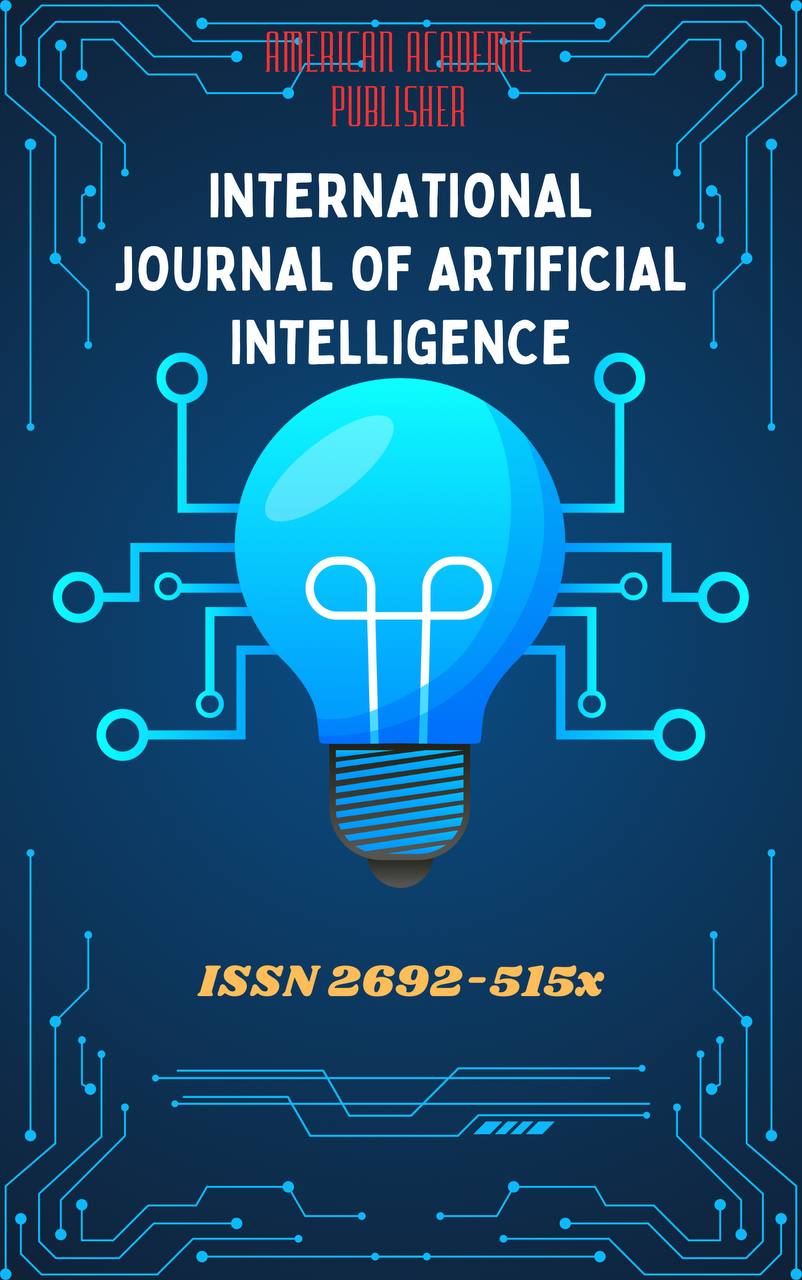 Articles
| Open Access |
Articles
| Open Access | VISUAL ANALYSIS AND TEACHING OF GRAPH STRUCTURES IN PYTHON
Utkirjon Mallayevich Saidov,Sevinch Normurod kizi Tursunbayeva , Head, Department of Informatics, Samarkand State Pedagogical Institute; PhD.,2nd-year student, Samarkand State Pedagogical InstituteAbstract
The article examines effective approaches to learning and teaching graph theory through Python-based tools, with particular attention to NetworkX as a modern library for modeling, analyzing, and visualizing graphs. The paper motivates the pedagogical value of interactive visualizations for grasping abstract notions such as paths, cycles, degree, connectivity, and shortest routes. A sequence of classroom-ready examples is proposed to develop students’ algorithmic thinking and problem‑solving skills. The capabilities of NetworkX are discussed in comparison with commonly used software such as Gephi, Graphviz, and the Desmos Graphing Calculator.
Keywords
graph, graph theory, NetworkX, Python library, Gephi, Graphviz, Desmos Graphing Calculator.
References
Bondy, J. A., & Murty, U. S. R. (2008). Graph Theory.
Diestel, R. (2016). Graph Theory (5th ed.).
West, D. B. (2001). Introduction to Graph Theory (2nd ed.).
Easley, D., & Kleinberg, J. (2010). Networks, Crowds, and Markets.
Barabási, A.-L. (2016). Network Science.
Friedman, J., Hastie, T., & Tibshirani, R. (2009). The Elements of Statistical Learning (2nd ed.).
Gross, J. L., & Yellen, J. (2005). Graph Theory and Its Applications (2nd ed.).
Newman, M. E. J. (2010). Networks: An Introduction.
Article Statistics
Downloads
Copyright License

This work is licensed under a Creative Commons Attribution 4.0 International License.

